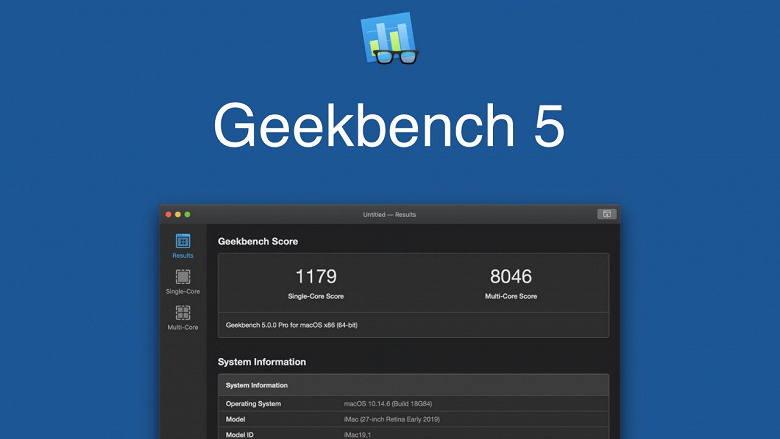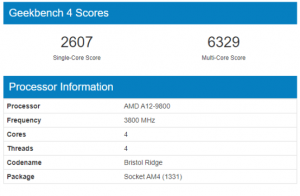
Having more threads can significantly improve the performance of applications that can take advantage of multithreading, such as video editing and gaming.Īs seen in the Cinebench R23 tests, the i5 12600K outperformed the i5 12400F in both single-core and multi-core performance. Threads represent the number of simultaneous tasks a CPU can handle, and more threads translate to better handling of multiple applications running concurrently. In terms of threads, the i5 12600K has 16 threads while the i5 12400F has 12 threads. More cores enable the system to run smoothly even under heavy workloads, such as video rendering, 3D modeling, or running virtual machines. This means that the i5 12600K can handle more simultaneous tasks, leading to better multitasking capabilities and improved overall performance. The i5 12600K has 10 physical cores, whereas the i5 12400F only has 6 physical cores. To get a clear understanding, let’s take a look at the comparison table below: Processor When it comes to cores and threads, there are notable differences between the i5 12600K and the i5 12400F, which can significantly impact the overall performance of each CPU. Additionally, the Turbo Boost frequency on the 12600K is higher at 4.8 GHz vs 4.4GHz on its counterpart – enabling more accelerated single core operations when advanced applications require maximum performance boost.įurthermore, it comes equipped with an integrated GPU – Intel UHD Graphics 770 while there is none for the i5-12400F which means no onboard support for graphical acceleration nor extended displays through HDMI/Display Port ports without additional dedicated graphics card installed this makes built in graphics useful only occasional internet browsing purposes. It also features higher 元 cache size at 2048 KB compared to 1536 KB on the 12400F, resulting in improved data processing speed.

The larger core count of the 12600K allows it to operate faster than the 12400F when performing multi-core tasks or heavily threaded workloads such as gaming and video editing. The 12600K is a Deca-Core processor with 10 physical cores, while the 12400F has 6 physical cores (Hexa-Core). Technology And Architecture Differencesīoth CPUs are based on the same 10nm process, but have distinct differences in their architecture that affect performance and other uses.

Understanding The i5 12600K And i5 12400F ProcessorsĬomparing the two Intel processors, this section dives into their technology and architecture differences, cores and threads comparison, cache and clock speeds comparison, integrated graphics comparison, power consumption and Thermal Design Power (TDP) to understand their performance capabilities. In terms of power consumption & Thermal Design Power (TDP), the I5 12600K stands out having 125W TDP versus 65W on the I515400f hence featuring higher power efficiency at 71 compared to 68 respectively against other related metrics in comparison like peak temperature variation control etc.
#12600k geekbench 5 plus


Are you currently trying to decide between two CPUs of the same type? Look no further because today, we’ll be discussing all aspects of the Intel Core i5-12600K vs Intel Core i5-12400F.


 0 kommentar(er)
0 kommentar(er)
